OUR STONE
ENGINEERED QUARTZ
The newest counter top product on the block is Engineered Stone. It's man-made to resemble natural granite, but consists primarily of ultra-hard 93% quartz and acrylic resin, giving it a few advantages over granite: Non porous and very low maintenance, stain, scratch and heat resistant.
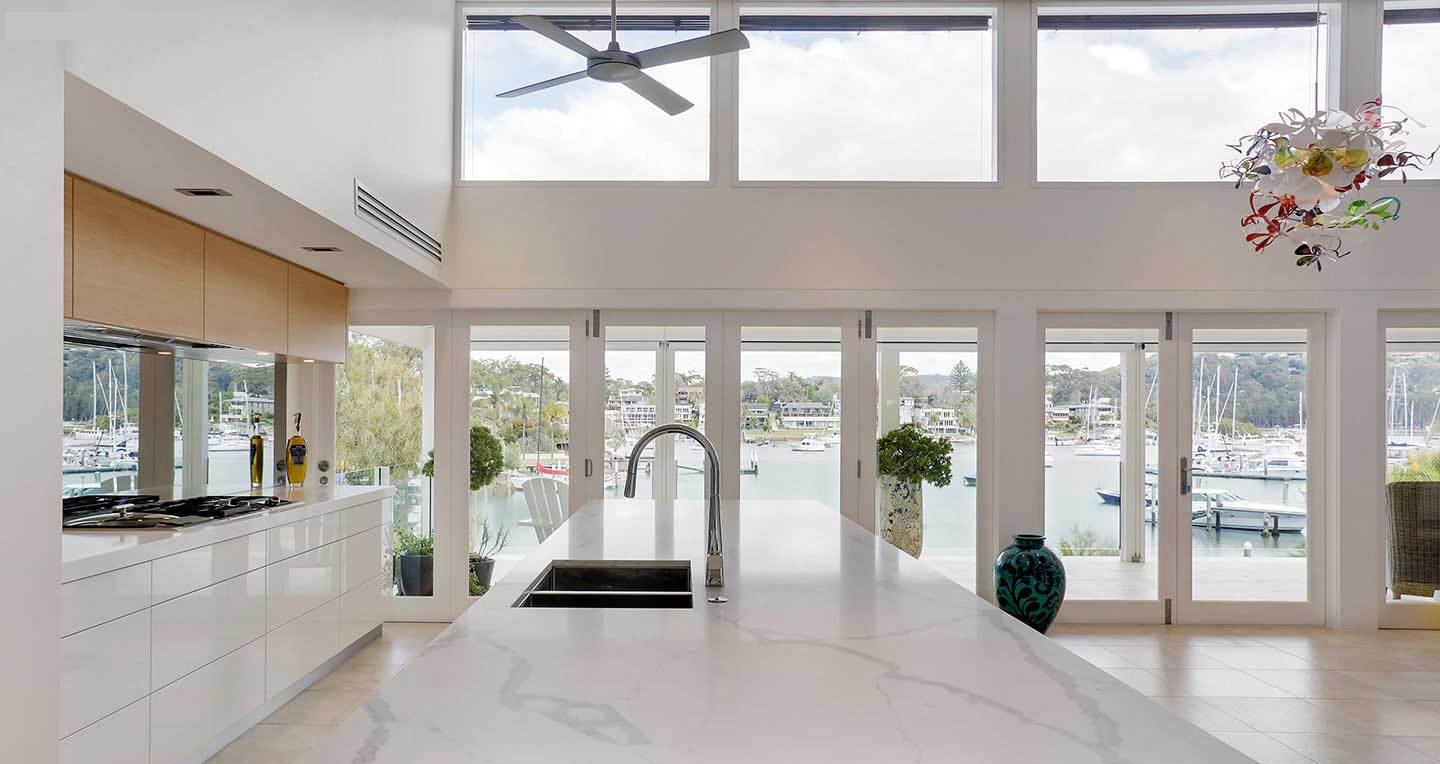
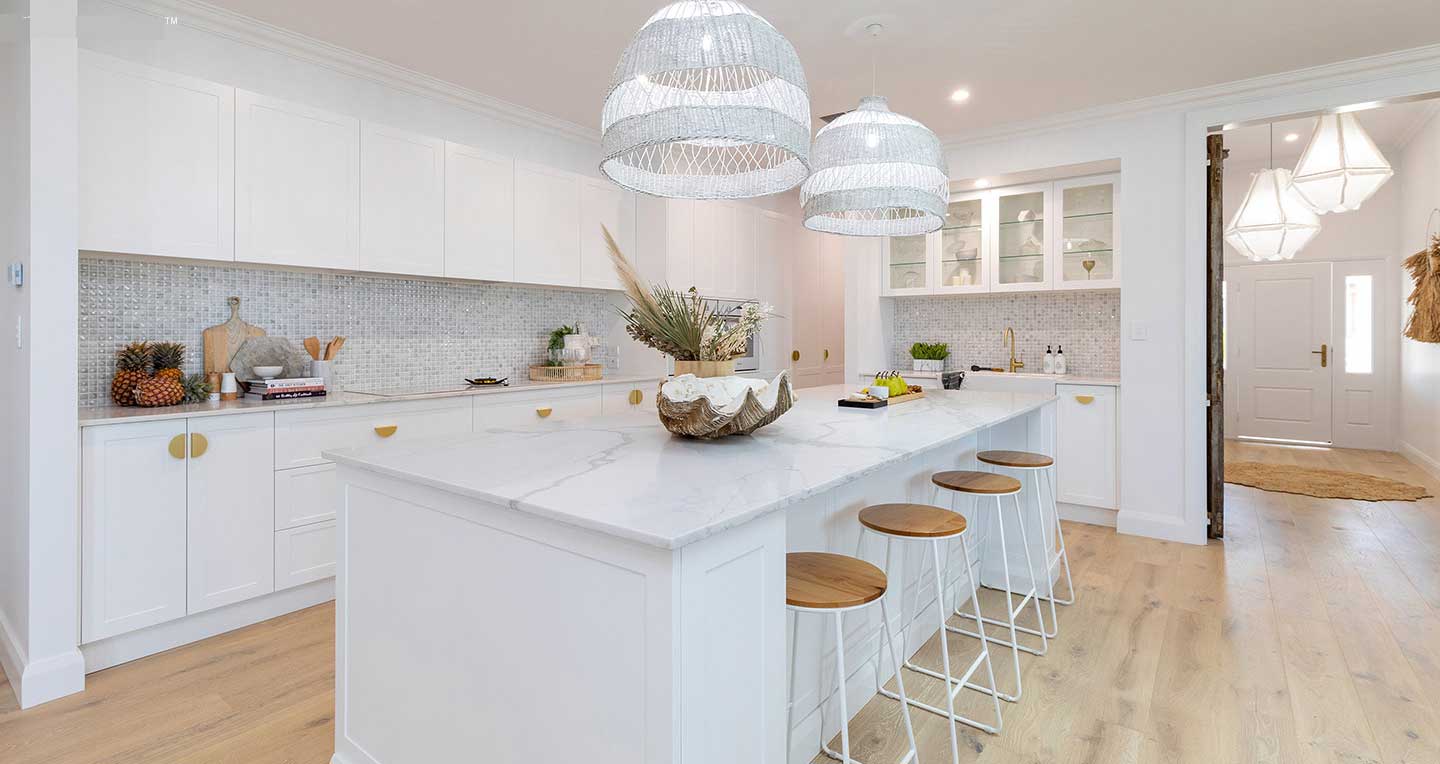
GRANITE
Granite is an igneous rock, which means that at one time during its development, it was melted like volcanic lava. Unlike lava, however, this melted rock never reached the surface. It remained trapped inside the earth, where it slowly cooled and crystallized. The end result is a very uniform, speckled stone that ranges in color from black and gray tones to pinks, browns, reds, greens and whites.
Comprehensive strength and durability. It is the hardest structural stone.
Granite's rich colors, stiffness and density, make it an ideal choice for flooring, counter tops, vanities as well as exterior applications. Many stylish patterns and colors make granite the most versatile and trendy of all stones. It is also a low-maintenance stone. Granite is composed of quartz, feldspar's, mica's and other minerals. These minerals contribute to the color and texture of the granite stones.
Comprehensive strength and durability. It is the hardest structural stone.
Granite's rich colors, stiffness and density, make it an ideal choice for flooring, counter tops, vanities as well as exterior applications. Many stylish patterns and colors make granite the most versatile and trendy of all stones. It is also a low-maintenance stone. Granite is composed of quartz, feldspar's, mica's and other minerals. These minerals contribute to the color and texture of the granite stones.
MARBLE
Marble has been valued for thousands of years for its rich palette of beautiful colors and appearance and is perfect, pretty much anywhere in the house. Marble stones consist of limestone that has undergone heat and pressure. A transformation process takes place when the weight of overlying material, pressure from crystal collisions and heat from the earth's core generate temperatures in excess of 1800ºF.Texture of marble depends on the form, size and uniformity of grains. The element components of marble determine the color of the stone. Generally calcite and dolomite marbles are of pure white color. Variations of whiteness of pure marbles are due to the mixture of foreign substances. Such impurities form interesting streaks and clouds.
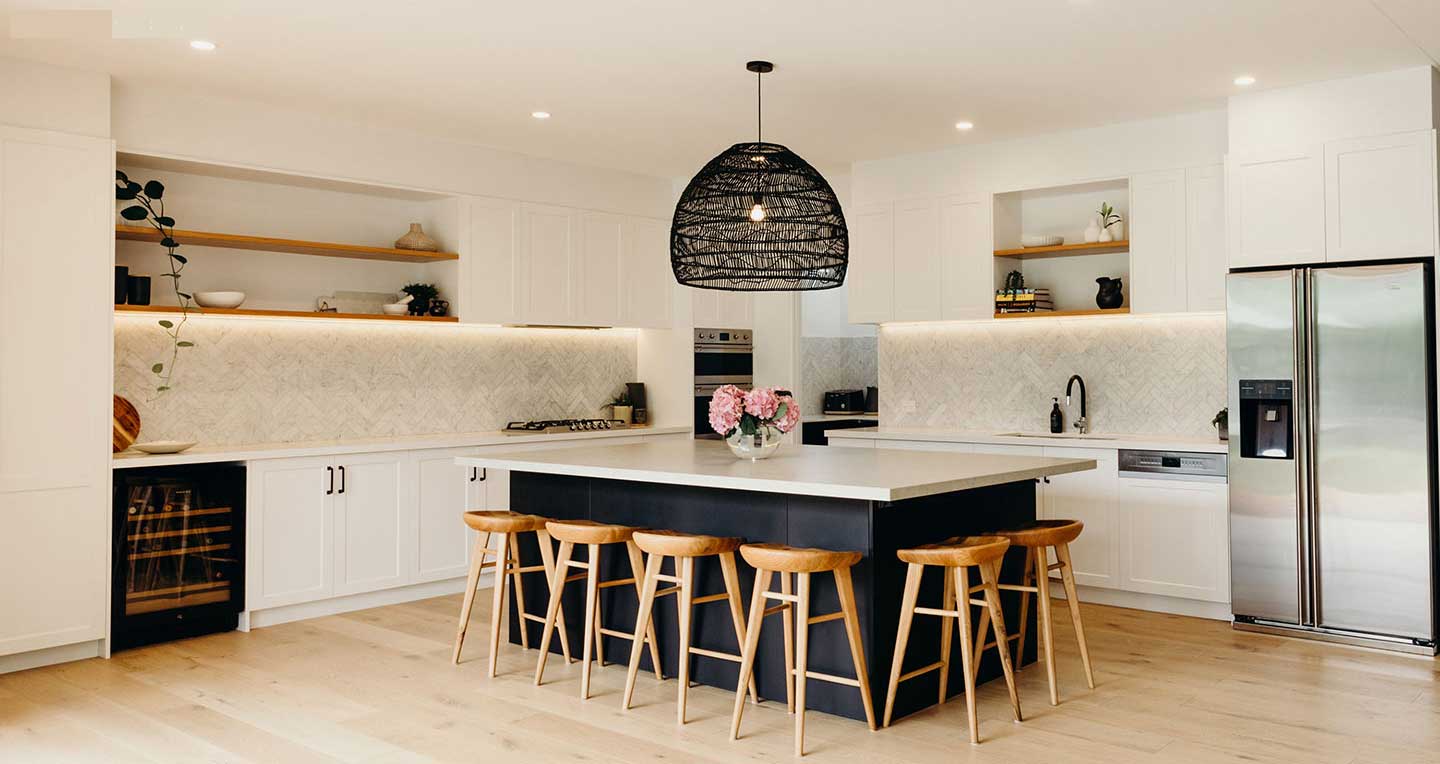
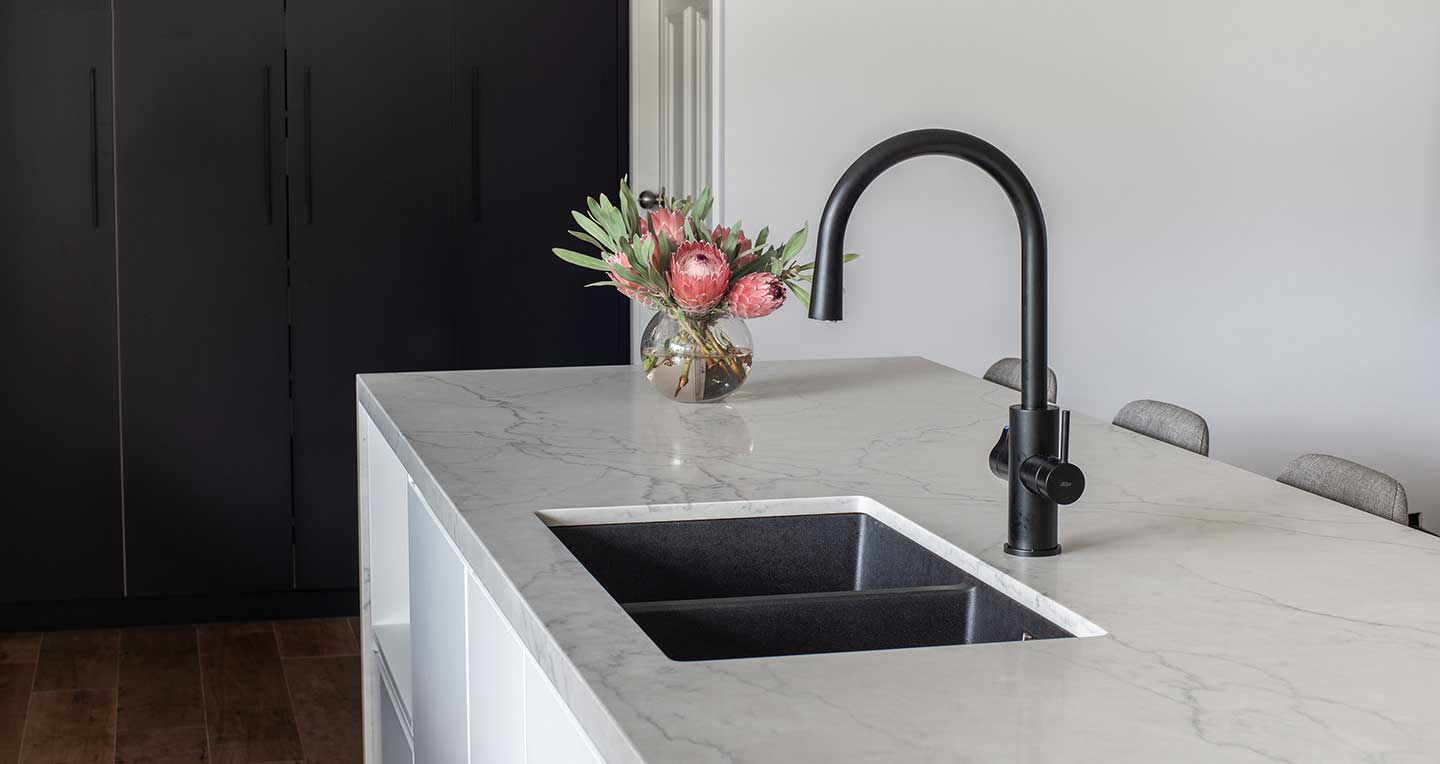
TRAVERTINE
Travertine is generally used for floors, walls, countertops and for outside as cladding and pavement. Travertine is generally filled with grout before it is honed or polished, which produces a uniform surface more like other marbles. Unfilled travertine is also quite beautiful, and is often seen as exterior surfaces of buildings. Travertine stones result from hot spring water penetrating up through underground limestone. When the water evaporates, it leaves behind layers of dissolved limestone and other minerals, giving it its banded appearance. Travertine stones are generally light-colored beiges and tans.
LIMESTONE
The soft limestone stones are ideal for today's more casual and comfortable environments. Generally these soft beiges and tans are suitable for bathrooms, fireplaces, counters and floors. Limestone is a sedimentary rock that is formed at the bottom of lakes and seas, as organic matters settle to the bottom. As more and more layers build up over thousands and millions of years, adding more and more weight, the heat and pressure cause chemical reactions to take place to harden the sediments into solid stone.
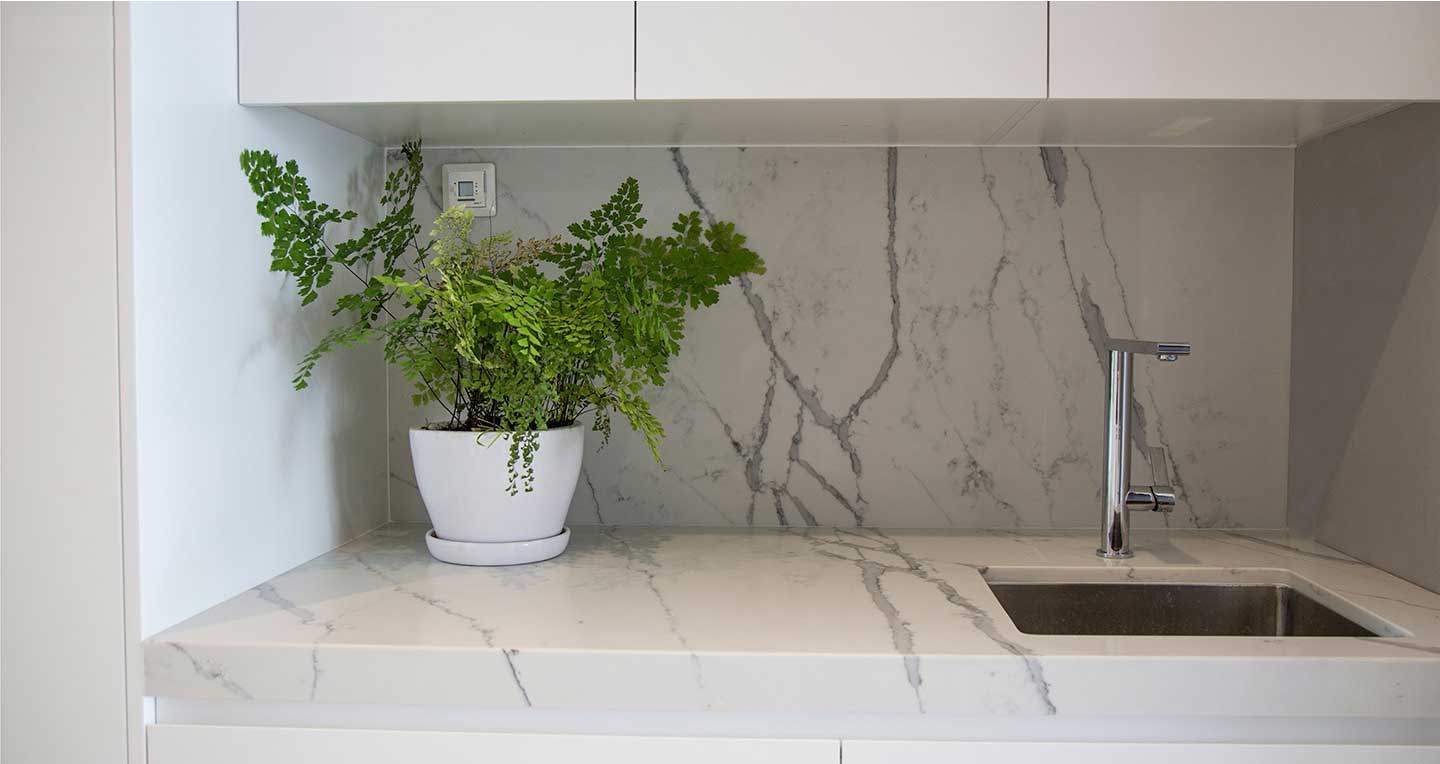
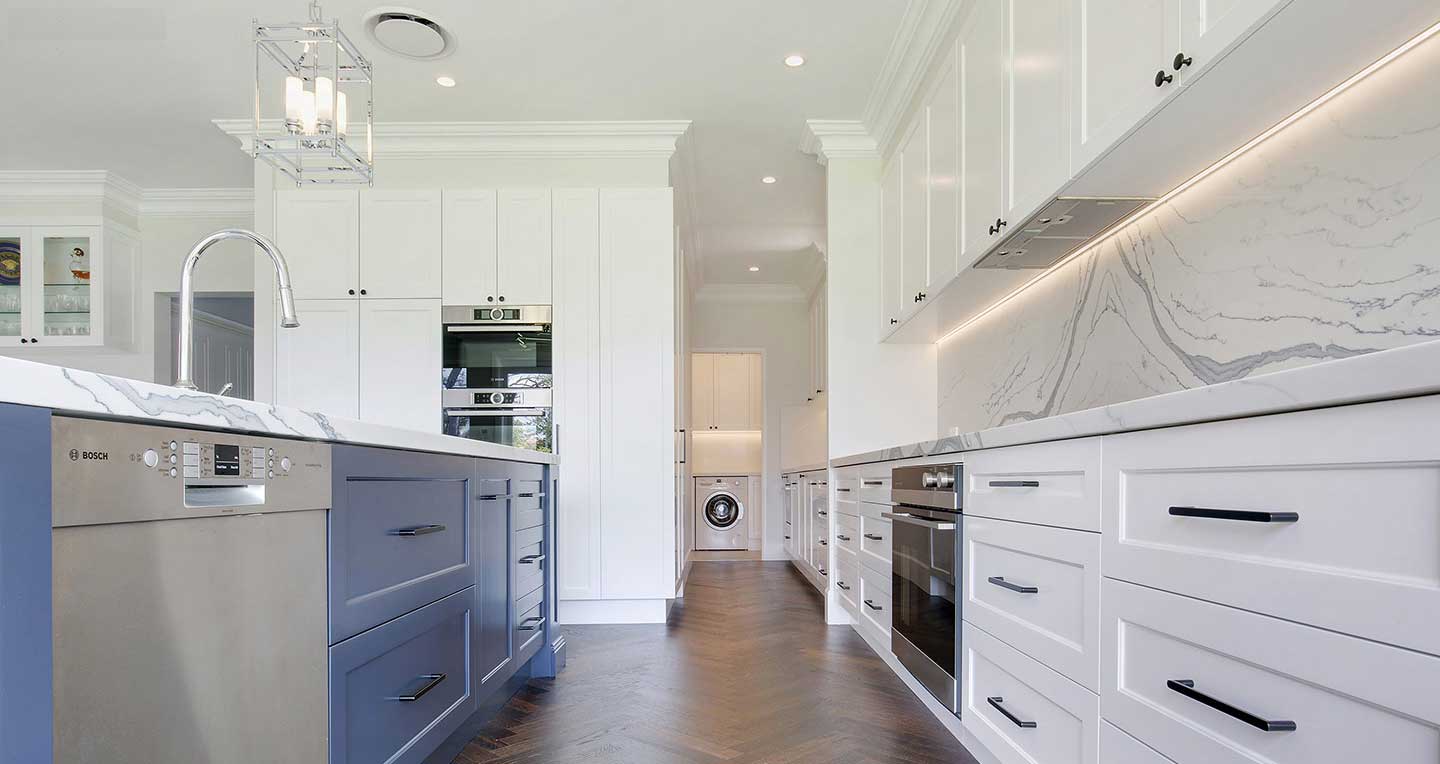
SANDSTONE
Sandstone consists of sand covered by silica, iron and lime. Cementing material determines the color of sandstone, iron sandstone are reddish, brownish; carbonaceous, black; siliceous, white and argillaceous, earthy to buff. The hardness of sandstone is important in deciding suitability for applications for sandstone.
